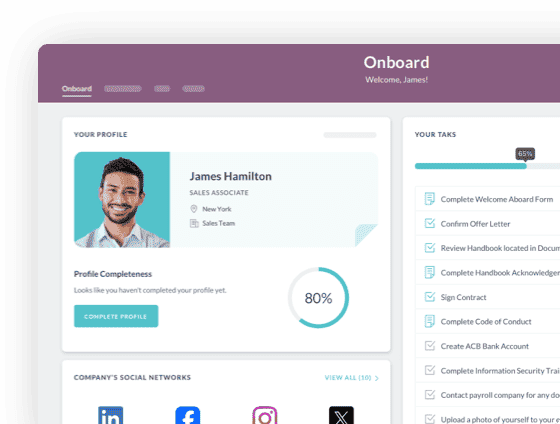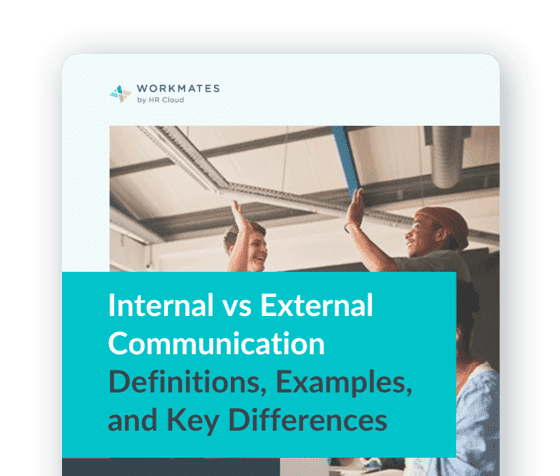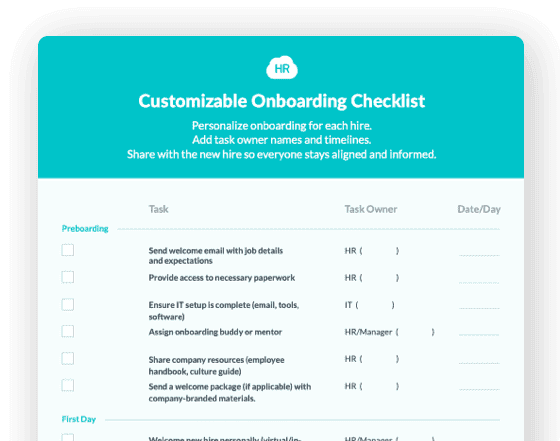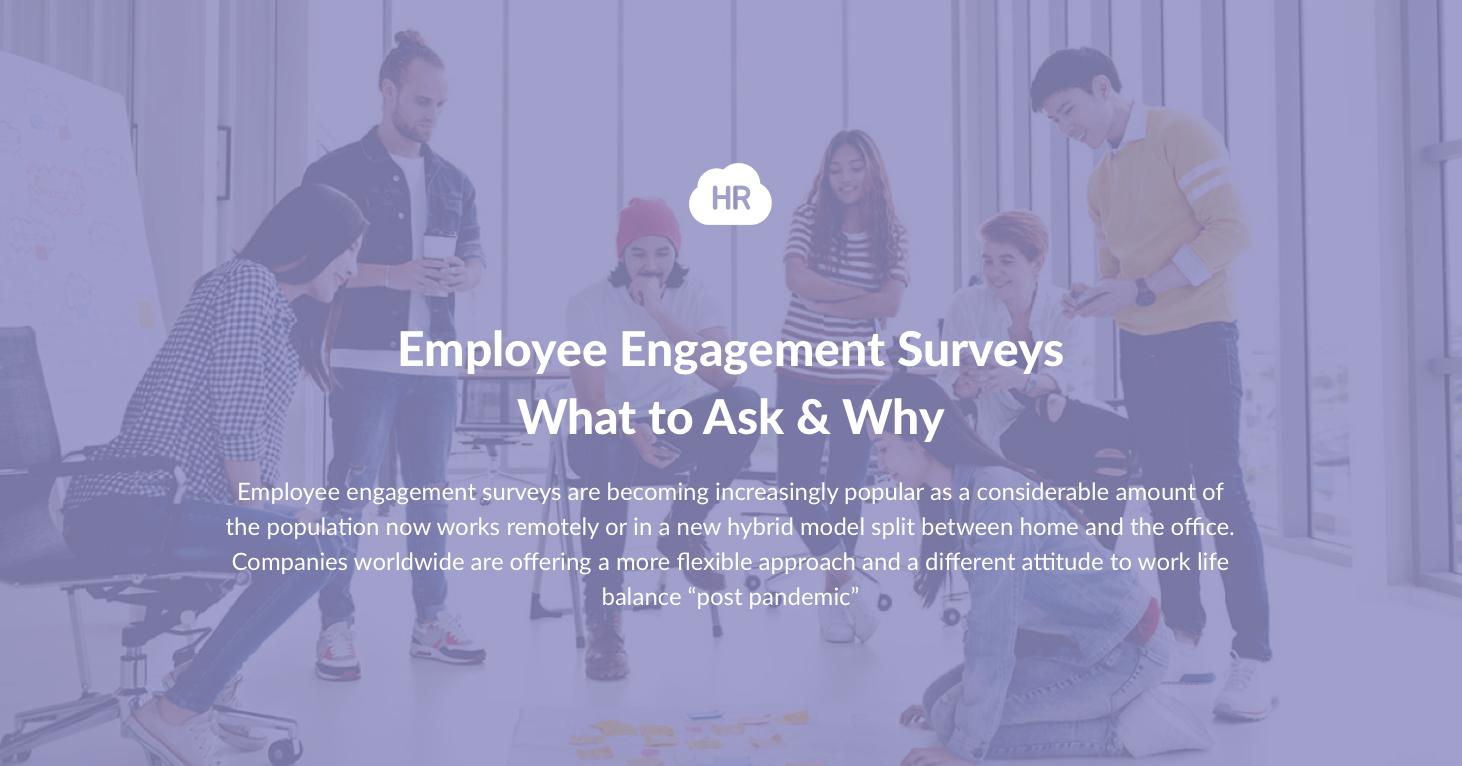

 Cut onboarding time
by 60%—here's the
Ultimate Checklist
that helped do it.
Cut onboarding time
by 60%—here's the
Ultimate Checklist
that helped do it.

Employee engagement surveys are becoming increasingly popular as a considerable amount of the population now works remotely or in a new hybrid model split between home and the office. Companies worldwide are offering a more flexible approach and a different attitude to work life balance “post pandemic”
Gold Coast App Developers Media Shark have recently reported “We are beginning to see a real trend in larger companies deciding to create custom software applications for their business as a form of engagement tool for their workforce.
In October of this year, Microsoft announced that they were embracing a flexible workplace and many other organizations of varying sizes are now following this trend and allowing for a more versatile working week.
For this to be sustainable however, it is important to measure the engagement levels of employees, monitor productivity levels, motivation and overall commitment to a company.
This is where employee engagement surveys are excellent for providing all important data and feedback to keep company culture on track.
In this article, we will take a brief look as to what you as an employer can do to keep your workforce engaged, what to ask & why!
What is the purpose of an employee engagement survey?
The purpose of conducting an employee engagement survey is to gain valuable insight into employee engagement levels within your company, this can include satisfaction and overall happiness.
There are numerous benefits to measuring employee engagement such as a higher commitment level from employees, increased productivity and an increased staff retention rate.
Measuring employee engagement is also important to assist with implementing a strong company culture where your employees feel valued and respected, which can often be key to ensuring talented individuals stay switched on, committed and most importantly on the payroll.
Staff turnover is expected to be at an all time high in 2022, with the “Great resignation” looming over employers. According to a recent survey by Ernst & Young 54% of employees surveyed from around the world would consider leaving their job post pandemic if they are not afforded some form of flexibility in where and when they work.
Staff turnover costs organizations a large percentage of a full time employee's salary, this comes in the form of annual leave payouts, the cost of advertising for new employees, the recruitment process and training of a new employee.
The five main drivers of employee engagement
Gallup estimates that actively disengaged employees cost the U.S. $450 billion to $550 billion in lost productivity per year.
Below are some key points that drive employee engagement:
-
Trust in leadership
Employees that have trust in their managers and executive team can lead to more loyal team members and if the trust is reciprocated this can improve productivity and employee retention rates.
-
Positive relationships with other team members
Good working relationships are crucial to a productive and happy team. Building rapport between team members is important for a strong culture. People that get on well work better together.
-
Professional development
Employees need the opportunity to develop professionally so they can reach their full potential within their company or industry. By participating in training and development they are learning key skills to help them obtain a promotion and move up the ladder within a company
Statistics say 40% of employees who do not feel they receive adequate training would leave within a year.
-
Vision, mission and values
It is crucial for an employee to feel aligned with your company's values to get the best out of them. If an employee does not agree with your organization's outlook and goals there is a good chance they will be closed off and maybe even looking for another job.
-
Recognition
Recognition and praise shows employees that they are valued and that their contributions assist with the overall success of the business which in turn helps with motivation.
How to conduct the survey
Employee engagement survey questions can be conducted in all sorts of ways but an increasingly popular and easy way is an employee pulse survey, these are shorter, more frequent surveys and by taking out the dull and dreary employee feedback forms.
A pulse survey is a quick and innovative easy-to-use tool that provides employee feedback and data in a timely and effective manner.
An employee is invited to download an app either on their phone or on their computer and log in. pulse surveys are completed anonymously and the employee is then invited to answer a brief list of questions which they can answer yes or no with the option to add feedback at the end.
An employee that feels valued, respected, and challenged is more likely to stay within a company, and businesses with high engagement levels are 22% more profitable
Key employee engagement survey questions
To ensure the engagement survey or pulse survey is effective, it is best practice to provide questions that have yes/no answers rather than open ended questions otherwise the survey can become tedious and time consuming which is counterproductive. The idea is to obtain quick survey results and actionable data.
Below are some examples questions that you can use:
-
Are you satisfied with your current role and responsibilities?
-
Are you satisfied with your compensation and benefits?
-
Are you satisfied with your overall employee experience?
-
Do you feel valued within your organization?
-
Do you find your work meaningful?
-
Do you feel aligned with the company's vision, mission and values?
-
Do you feel you have been offered adequate training and professional development opportunities?
-
Do you feel challenged within your role?
-
Do you feel your workload is manageable?
-
Would you recommend this company to a family member or friend?
-
Do you see yourself working here in a year's time?
-
What practices do we need to change?
-
Are there any problems with our culture?
What can you do as an employer to improve employee engagement?
As a manager or business owner it's important to realize that a happy and engaged team leads to a positive work environment. And employee satisfaction is crucial to the business.
Ensure employee engagement surveys are conducted regularly and remain consistent, listen to and action any feedback; if employees feel they are being listened to they are more likely to be open and honest in their comments.
-
Revisit the companies vision, mission, and values
When an employee feels aligned with their organization's values, they are likely to have a stronger connection with the company and their commitment
-
Appreciation and recognition
There is nothing better than receiving praise for a job well, making people feel valued is one of the easiest things you can do to create a positive workplace culture and a happy team and can even improve discretionary effort.
-
Implement a wellness program
Mental health has an impact on employers by increased absenteeism, so by offering a wellness program you can ensure your employees are offered the opportunity to de-stress leading to better productivity, which is especially important given the current ongoing covid situation.
-
Implement an inclusive culture
Offering an inclusive working culture where everybody's differences are recognised and celebrated makes for a diverse company.
- Be a supportive leader
Being a supportive leader means you are happy to get your hands dirty when the need arises and never asking your employees to do something you weren't willing to do yourself. Offering emotional support and being someone your team members can confide in and count on is awesome.
-
Create a team chat
As government directives and rules are changing almost daily, it's a good idea to create a team chat to keep teams up to date with what's happening. It's also a good way to communicate absence, sickness and lateness and keep everyone in the loop.
Final thoughts
The employment landscape has changed drastically in the last 2 years and will continue to evolve in 2022. Many businesses have had to automate and adopt new technologies.
Industries are still recovering and therefore a key takeaway is to try and foster a strong company culture that retains talented individuals who can pivot their way through 2022 with you. Take the time to train staff on new practices and procedures, conduct regular satisfaction surveys and most of all - have fun - happy leaders make a happy workforce!
Author Bio: Lara Blake is the Business Development Manager for Media Shark, Gold Coast App Developers who specialize in App Design & App Development. She also represents HK Certifiers, Private Certifier Blue Mountains Lara’s passion for tech coupled with an extensive career in Business Development has led her to become an advocate and writer for young professionals within the industry.
Keep Reading
The Hidden Metrics of Frontline Success: Beyond Engagement Scores
"What gets measured gets managed, but what gets measured well gets transformed." — Peter
Embracing Diversity: Recognizing Different Cultures in the Workplace
Workplaces today reflect the incredible diversity of the world around us. People bring
From Manual to Automated: A Complete Guide to Digitizing Employee Onboarding for Large Organizations
Sarah Chen, Director of HR at a 7,000-employee healthcare organization, starts her Monday
Like What You Hear?
We'd love to chat with you more about how HR Cloud® can support your business's HR needs. Book Your Free Demo

Build a Culture of Recognition. Boost Engagement. Guaranteed.
Workmates empowers employees to stay informed, connected, and appreciated—whether they’re on the front line, in the office, or remote. Recognition drives 12x higher engagement.Trusted by industry leaders in every sector




Cut Onboarding Costs by 60%.
Take the confusion and follow-ups out of onboarding with automated workflows, digital forms, and structured portals—so new hires ramp faster 3X quicker.Trusted by industry leaders in every sector





